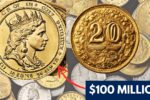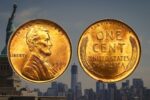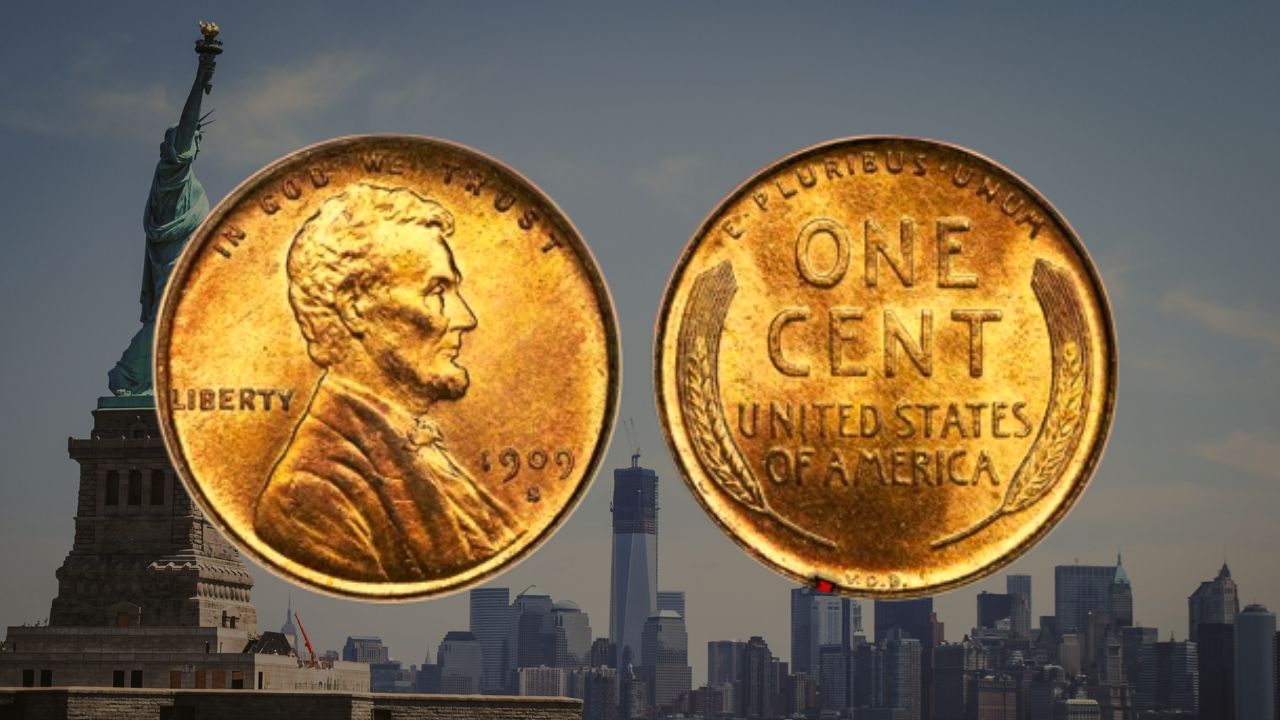Lincoln Wheat Penny: When America prepared to mark its 200th birthday, the U.S. Mint decided to create something extraordinary: commemorative coins.
Among these was the Bicentennial Quarter, minted in 1975 and 1976, which stands as a shining tribute to this historic milestone.
Even today, these coins captivate collectors and history enthusiasts, offering a tangible connection to America’s bicentennial celebration.
The Birth of the Bicentennial Quarter
The idea of the Bicentennial Quarter stemmed from the U.S. Mint’s plan to honor 200 years of American independence.
This special coin replaced the traditional eagle reverse, which had adorned quarters since the Washington Quarter debuted in 1932, with a design featuring a colonial drummer and a victory torch encircled by 13 stars.
Key Features of the Bicentennial Quarter:
- Dual Date “1776–1976”: A unique feature emphasizing two centuries of independence.
- Symbolic Design: The colonial drummer and 13 stars symbolize the Revolutionary War and the original 13 colonies.
- National Competition: The design was chosen through a public competition, reflecting a collective celebration of history.
This commemorative coin became an enduring symbol of American patriotism and unity during the bicentennial.
Minting and Distribution
Production of the Bicentennial Quarter began in 1975 and continued through 1976, with all coins bearing the commemorative “1776–1976” date. The coins were minted at three locations:
- Philadelphia (no mint mark)
- Denver (D)
- San Francisco (S)
While Philadelphia and Denver produced coins for everyday circulation, San Francisco focused on proof versions crafted specifically for collectors. With a mintage exceeding hundreds of millions, these coins were widely available.
Understanding Their Value
Despite their historical significance, most Bicentennial Quarters in circulation hold a face value of 25 cents. However, certain factors can elevate their worth:
- Uncirculated Coins: Pristine condition coins may fetch $1 to $20.
- Proof Versions: San Francisco-minted proofs, especially in high grades, can range from $10 to $50, with exceptional specimens reaching hundreds of dollars.
- Errors: Rare minting errors, like double dies or off-center strikes, are highly sought after and can command significantly higher prices.
Factors Influencing Value:
- Condition: Original mint luster and no signs of wear increase value.
- Mint Marks: Proof coins from San Francisco (marked “S”) are particularly desirable.
- Errors: Unique anomalies like striking errors or missing features significantly boost value.
Collectors should store these coins in protective holders to maintain their condition and value.
Historical Significance Beyond Value
While the monetary value of Bicentennial Quarters might not be astronomical, their historical importance is immeasurable. These coins symbolize a pivotal moment in American history when the nation reflected on two centuries of independence.
The colonial drummer design captures the essence of the Revolutionary War, embodying the courage and resilience that defined America’s founding.
Collecting Strategies
For collectors, the Bicentennial Quarter offers various opportunities:
- Mint Sets: Assemble one coin from each mint (Philadelphia, Denver, and San Francisco).
- High-Grade Specimens: Focus on uncirculated or proof coins for visual appeal and higher value.
- Error Coins: Hunt for rare minting errors to add uniqueness to your collection.
Beginners can start by checking their pocket change, while advanced collectors might seek certified coins from reputable dealers.
Educational and Legacy Value
The Bicentennial Quarter serves as an educational tool for teaching American history. Its unique design and commemorative nature spark discussions about the Revolutionary War and the significance of the bicentennial celebration.
These coins offer younger generations a tangible connection to America’s heritage, fostering a deeper appreciation for history.
Legacy of the Bicentennial Quarter
The Bicentennial Quarter program proved that commemorative coinage could be both meaningful and accessible. It set a precedent for future designs celebrating America’s landmarks and achievements.
As the nation approaches the 250th anniversary of independence, Bicentennial Quarters remain timeless artifacts of America’s 200th birthday, reminding us of the enduring value of commemorative coins—not just as collectibles but as symbols of national pride and unity.
Conclusion
The Bicentennial Quarter bridges the gap between everyday currency and commemorative art. Whether you’re a seasoned collector or a novice, these coins provide a meaningful way to connect with history, celebrate independence, and preserve the legacy of America’s bicentennial.
So, the next time you spot a Bicentennial Quarter in your pocket change, take a moment to appreciate its story—it’s more than just a coin; it’s a piece of American heritage.









